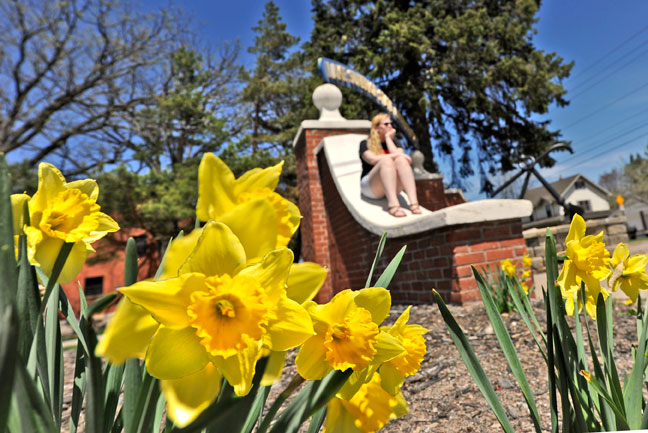
The article below is reproduced from the Jan. 22 edition of Inside Higher Ed, one of the two leading daily publications covering higher education. Incidentally, the latest admissions traffic is even better than the numbers quoted in the article. Applications are up 115% (2,803 v 1,305) and admits are up 136% (2,203 v 932).
——
By Scott Jaschik, Inside Higher Ed
Lake Superior State University is located on Michigan’s beautiful but remote Upper Peninsula, an area that is losing population even more than the state as a whole. In recent years, Lake Superior State has seen its enrollment fall by about 20 percent, to just a bit over 2,000. Historically, the university’s non-Michigan students have come from Canada, but exchange rates and political trends have shrunk that student pipeline.

This year, however, Lake Superior has seen a doubling in the number of freshman applicants, from 1,193 to 2,419. Notably, the university saw gains for all racial and ethnic groups. Native American applications are up 78 percent. The Upper Peninsula has a large Native American population, and those students make up 8 percent of the university’s student body.
So how does a university whose location and demographics don’t favor such a rebound achieve it?
Peter Mitchell, the new president of the university, was born in the Upper Peninsula and said he realizes both the challenges and need for higher education in the region. He also started his career, in the 1970s, in admissions.
Mitchell said that when he arrived in July, he found that the university was responding to declines in enrollment by trying to save money on recruitment, and the money being spent was on strategies that were “woefully outdated.”
Working with EAB, he upped spending on recruitment from $350,000 to $400,000 and restructured the way names of potential applicants were purchased.
Then Lake Superior made a number of other changes:
The combination has worked, and now Mitchell is trying to carry forward the philosophy to yield, with strong outreach as applicants are admitted.
The goal has been to focus on high schools where Lake Superior can appeal. That means ignoring cities like Chicago and focusing on rural high schools with many first-generation students.
So far, Mitchell said, that approach is working.